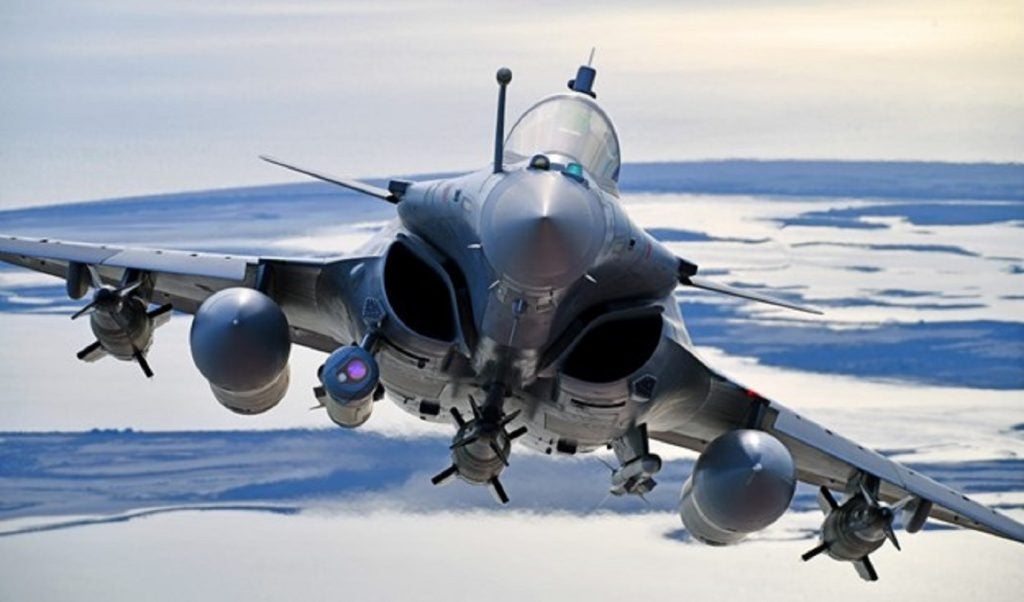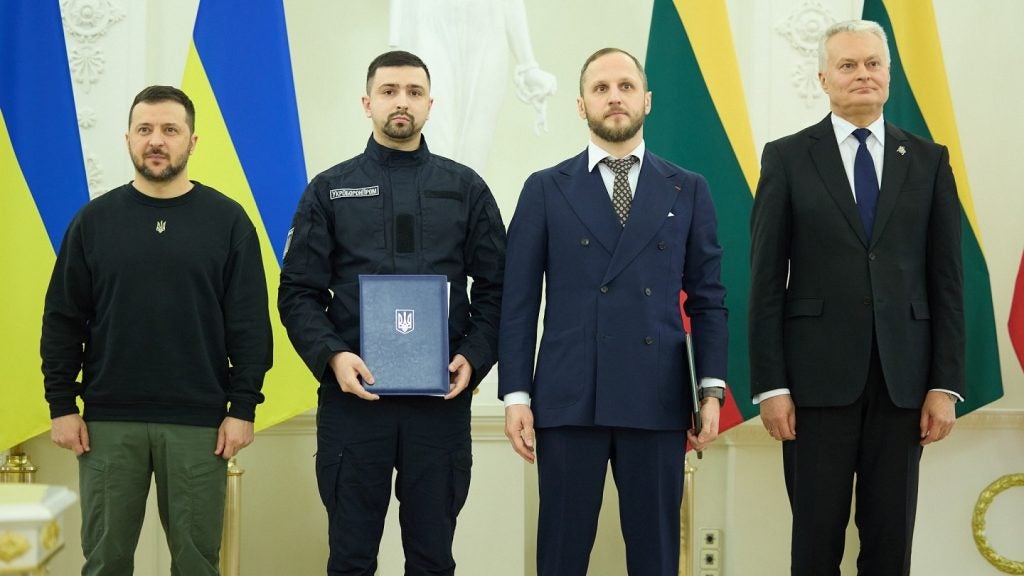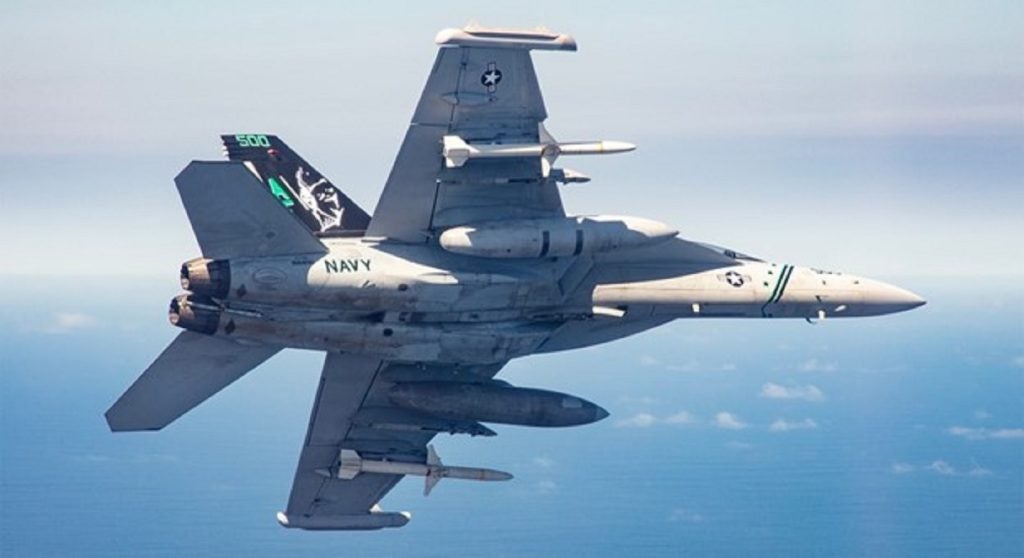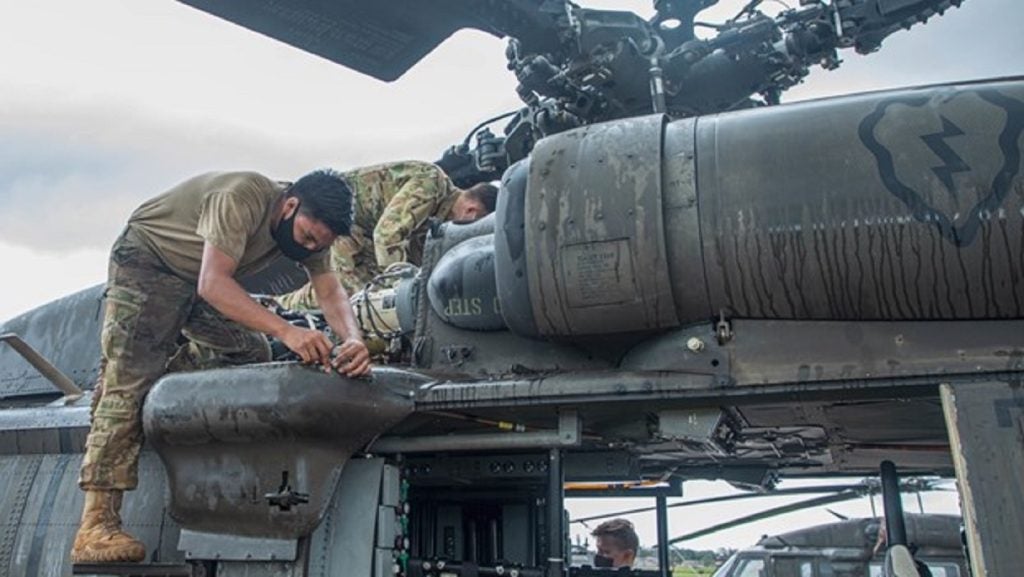At the end of December 2023, the French Defence Procurement Agency (DGA) awarded Dassault Aviation an order for 42 Rafale combat aircraft, according to a company statement on 12 January 2024.
This order – known as “tranche five” – is the fifth contract the French Government has made to acquire the platform from the original equipment manufacturer, Dassault Aviation.
To date, the country has received 13 Rafales in 1993; 48 in 1999; 59 in 2004; 60 in 2009; and 42 in 2023. In 2021, France placed a special order for 12 Rafales to replace the 12 aircraft transferred to Greece. French orders therefore total 234 Rafale aircraft.
The fighter jet first entered service in the French Navy in 2004 and subsequently the Air Force in 2006. Since then, the jet has proven its capability in Afghanistan, Libya, Mali, Iraq and Syria.
Rafale is an “omni-role” twin-jet combat aircraft that can carry out a wide range of short and long-range missions in the same sortie, unlike traditional multi-role aircraft. It can be used to perform ground and sea attacks, reconnaissance, high-accuracy strikes and nuclear strike deterrence.
It can carry payloads of more than nine tonnes on 14 hardpoints for the airforce version, with 13 for the naval version. The range of weapons includes: Mica, Magic, Sidewinder, ASRAAM and AMRAAM; Apache, AS30L, ALARM, HARM, Maverick and PGM100 air-to-ground missiles and Exocet / AM39, Penguin 3 and Harpoon anti-ship missiles.
For a strategic mission the Rafale can deliver the MBDA’s ASMP stand-off nuclear missile. In December 2004, the MBDA Storm Shadow / Scalp EG stand-off cruise missile was qualified on the Rafale.
Recently, French Rafales joined Nato’s air-shielding mission, supporting Agile Combat Employment (ACE) in Romania.
ACE is considered as a method to enhance the survivability and operational effectiveness of Nato aircraft and systems. ACE deployments can enhance organisational agility and flexibility, as well as help mitigate the risk of becoming overly predictable and vulnerable to targeting. The concept enables Nato air forces to enhance their speed and responsiveness to efficiently deploy and redeploy as needed.
Additional reporting from Andrew Salerno-Garthwaite.












